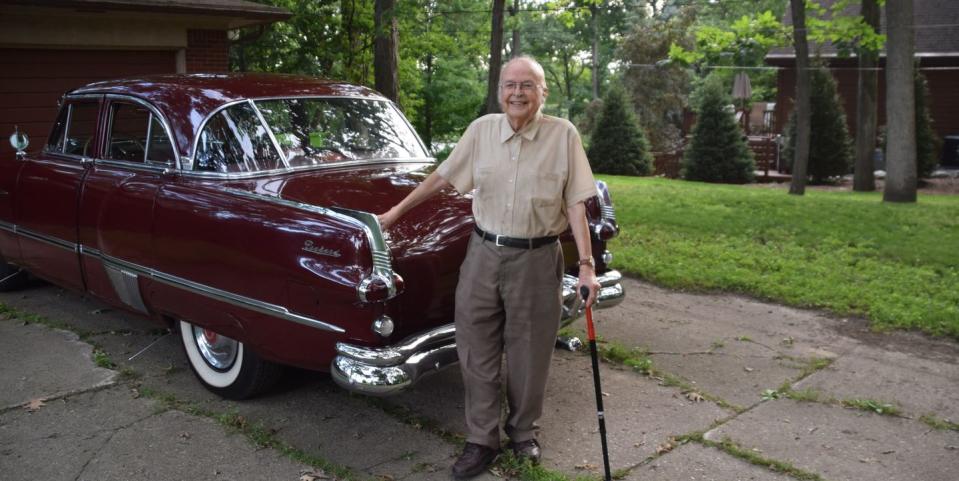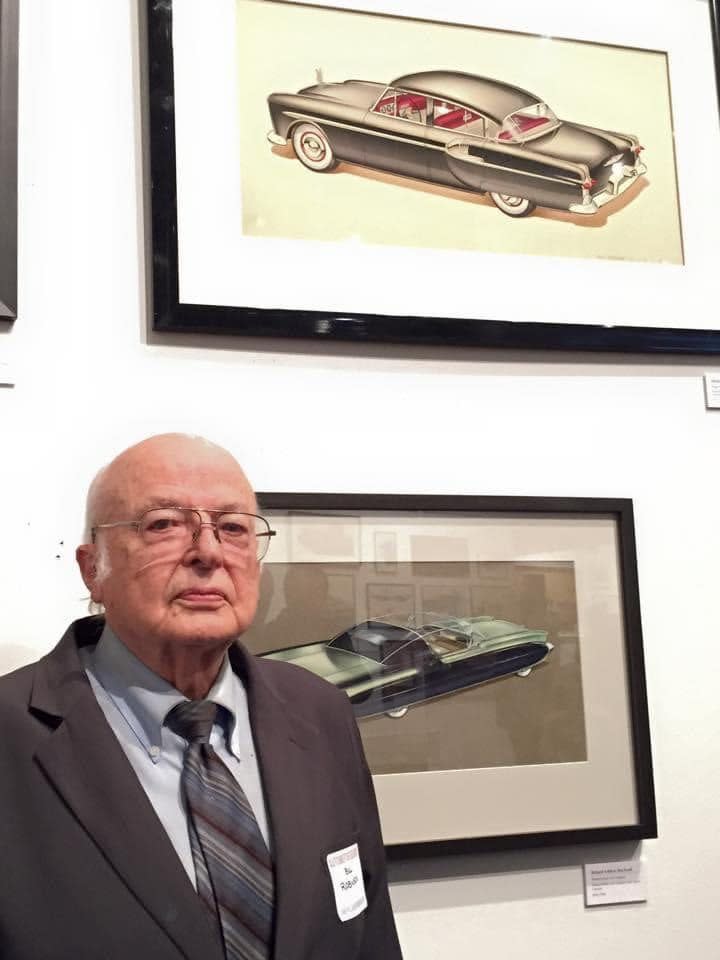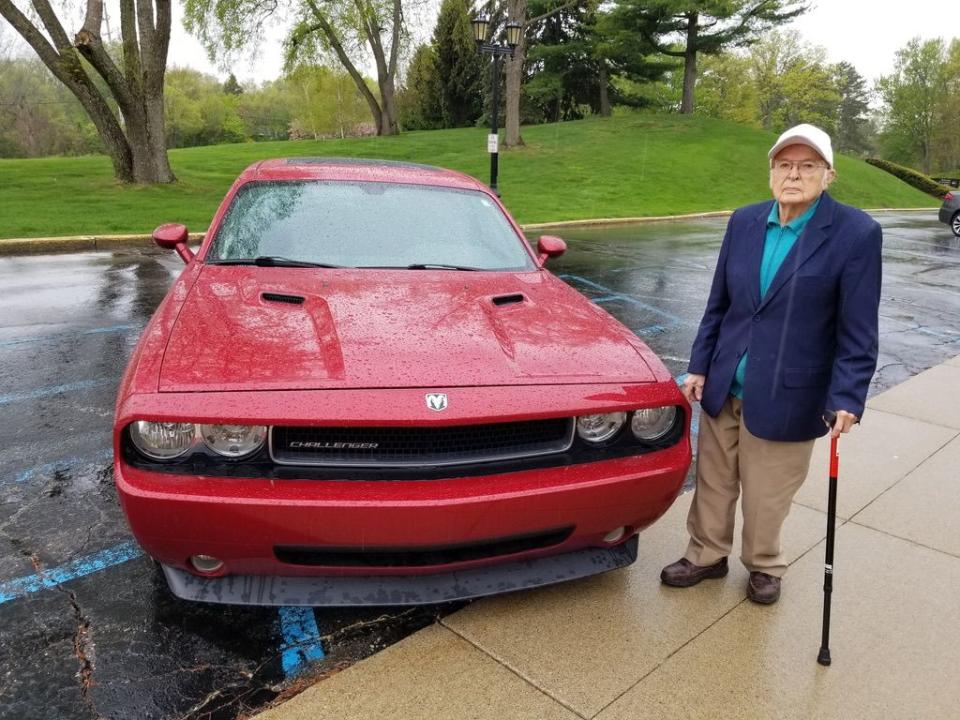Influential Auto Designer, Educator Bill Robinson Dead at 96

Bill Robinson’s automotive design career began in 1948 and included stints at Kaiser-Frazer, Briggs Mfg. (working on Packards), and Chrysler.
Robinson taught “every car designer to come out of the College of Creative Studies (CCS) in the 1980s and ‘90s. It’s not hyperbole. He literally designed the design community,” Rivian’s Richard Vaughan said.
Kirk in the Hills Presbyterian Church in Bloomfield Township, Michigan, will host a memorial service March 4.
Automotive designer Bill Robinson, who penned Packards in the 1950s and later educated a generation of automotive stylists shaping today’s vehicles, died Tuesday at a hospital in Pontiac, Michigan. He would have celebrated his 97th birthday in August.
“As one of the thousands of industrial designers Bill Robinson looked after during his time as our transportation design instructor at the College for Creative Studies (in Detroit), I can tell you that he was not only our instructor but also our mentor, our coach, and ultimately our friend decades after graduation,” said Ralph Gilles, Stellantis’ chief design officer.
Gilles will remember Robinson as a class act and a car enthusiast to the core who enjoyed racing on Woodward Avenue in Detroit as a young man. As recently as a few months ago, Robinson was still driving his Dodge Challenger SRT Hellcat in suburban Detroit.
Growing up on the east side of Detroit, Robinson was drawn to automotive design at a young age. One of his neighborhood friends was the son of Vincent Kaptor, who was a top assistant to General Motors design chief Harley Earl. Robinson remembered Kaptor bringing home a spectacular, luxurious white Cord that he was evaluating for work in the 1930s.

“That car broke up our ball game because we just stood and stared at it,” Robinson said in an interview last year. “The price of that car was $2400 at a time when you could buy most cars for $1000.”
At age 13, Robinson won the best design award for his soapbox derby racer that incorporated an adjustable suspension and a windshield. He attended Denby High School in Detroit for two years and then transferred to Cass Tech High School downtown for its product design curriculum. While in high school, he learned how to illustrate cars from a veteran designer who worked on catalogs with oil paint.
After graduating, he wanted to attend art school and began building a portfolio of his drawings.
He applied for a job at the Sundberg-Ferar design house in Detroit and intended to work there a few years, then attend art school.

“They told me, ‘You don’t have to do that because this is the best portfolio we’ve ever seen,’” Robinson recalled. He declined that offer but instead took a job illustrating advertising brochures in 1948 before landing his first automotive design job at Kaiser-Frazer in 1948, where he designed early-stage proposals for 1950s Packards.
After a few years, he moved to Briggs Mfg. Co. (a contract automotive body producer), where he worked more directly on forthcoming Packard models. At Briggs, Robinson designed the back end of the 1953 Packard Patrician, the brand’s flagship sedan. Robinson’s father worked at the Packard plant for 25 years, and the family owned six Packards.
Chrysler eventually purchased Briggs, and Robinson went on to pen the 1954 Plymouth Belmont concept car and contributed heavily to the 1957 Plymouths, most notably the Fury. Plymouth sold 750,000 cars in 1957, and Robinson was proud to take some of the credit for his design contributions.

 Yahoo Autos
Yahoo Autos 